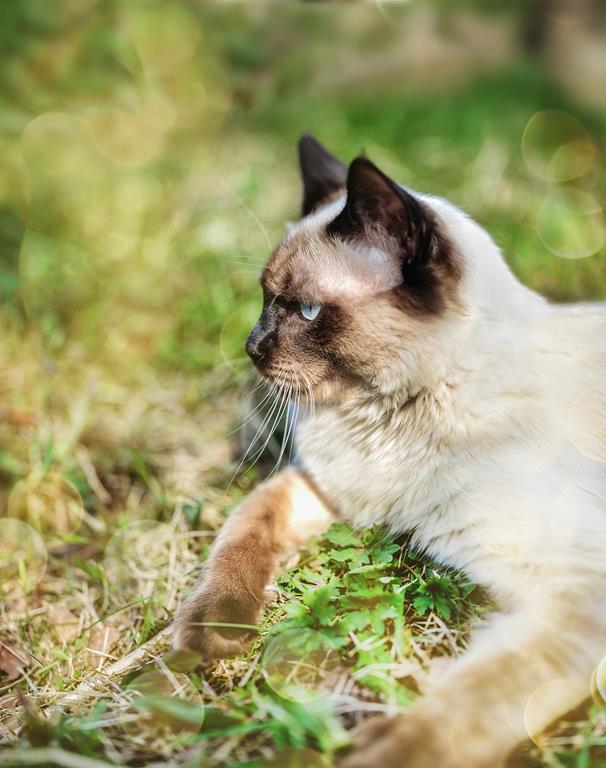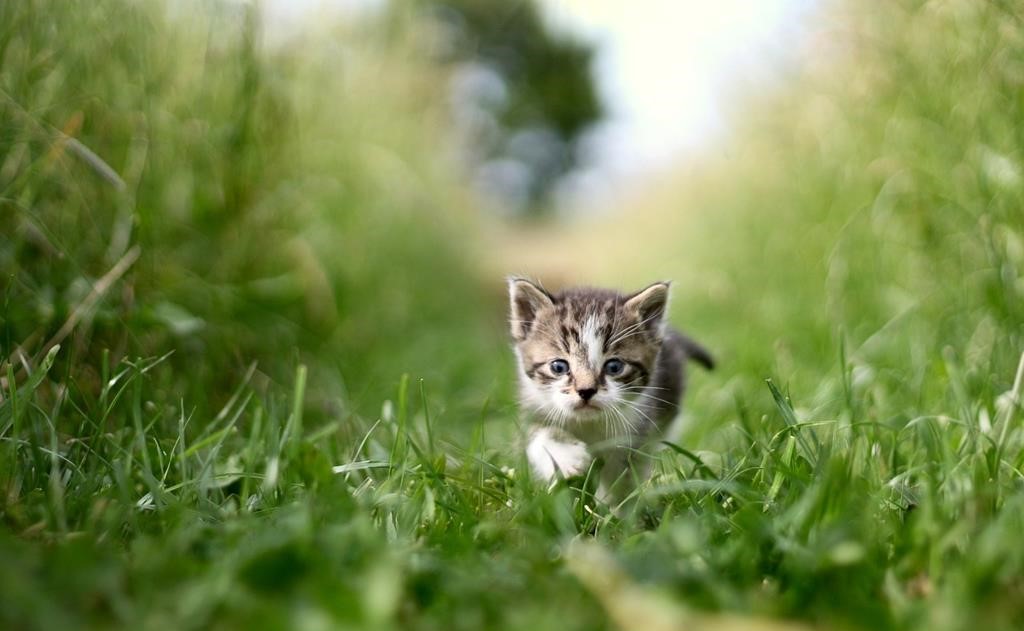Cats, with their innate predatory nature, often captivate us with their hunting skills and enigmatic behaviors. Among the creatures that fall prey to their keen instincts are moles, those subterranean dwellers that can make a backyard look like a maze of tunnels. The question that arises: Do cats eat moles? Let’s delve into the world of feline hunting behavior, the appeal of moles, and the intricacies of this curious relationship.
The Feline Hunting Instinct
Cats are natural-born hunters, with an evolutionary history that has honed their predatory skills over millennia. Their sharp senses, retractable claws, and sharp teeth make them efficient predators, and their behaviors often reflect this hunting prowess. Pouncing, stalking, and capturing moving objects are part of their instinctual repertoire.
The Appeal of Moles
Moles, those subterranean mammals known for their intricate tunneling systems, might inadvertently attract a cat’s attention. The vibrations and movements caused by moles digging can trigger a cat’s curiosity and hunting instinct. Cats are drawn to motion, and the activity of moles within the ground can trigger their predatory responses.
Hunting Techniques
Cats typically use a combination of techniques when hunting. They might employ stalking, pouncing, and swatting to capture their prey. Moles, being primarily underground creatures, can prove elusive targets. A cat’s attempt to catch a mole might involve digging and tunneling, as well as employing quick and agile movements to nab the mole as it surfaces.
Do Cats Actually Eat Moles?
While cats might exhibit a strong interest in moles, the act of actually consuming them can vary. Some cats might catch a mole but lose interest after capturing it, simply leaving the prey behind. Others might engage in playing with the mole’s body, mirroring their natural play behavior. However, some cats might indeed consume a captured mole, seeing it as a potential food source.
Considerations and Concerns
It’s important to consider potential health concerns when it comes to cats consuming moles. Moles can carry parasites and diseases, and eating them could expose cats to these risks. Additionally, the control of pests like moles should ideally be managed through non-lethal methods, as moles also play roles in ecosystem health.
Responsible Pet Ownership
As responsible pet owners, it’s crucial to provide a balanced and appropriate diet for our feline companions. While catching a mole might be an expression of their natural behaviors, it’s important to monitor their interactions with wildlife and ensure their safety and health.
The Fascinating Relationship
The relationship between cats and moles is a testament to the rich tapestry of nature. Moles, those enigmatic tunnel builders, inadvertently trigger the primal hunting instincts of cats. However, this dynamic is about more than just food; it’s a reflection of the intricate and captivating world of predator-prey relationships.

Can cats get diseases from moles?
Yes, cats can potentially contract diseases from moles. Moles, like many wild animals, can carry various parasites, pathogens, and diseases that can be transmitted to domestic cats. While the risk is not extremely high, it’s important for cat owners to be aware of these potential health concerns and take necessary precautions. Here are some of the diseases and health risks that cats could potentially face from contact with moles:
- Parasites: Moles can carry external parasites like fleas, ticks, and mites. These parasites can infest a cat’s fur and skin, leading to discomfort, itching, and potential transmission of diseases carried by these parasites.
- Internal Parasites: Moles might harbor internal parasites like worms. If a cat ingests an infected mole or comes into contact with its feces, there’s a possibility of contracting internal parasites like roundworms or tapeworms.
- Bacterial Infections: Moles might carry bacteria that can cause infections. While direct transmission from moles to cats is less common, indirect transmission through contaminated soil or surfaces is a possibility.
- Zoonotic Diseases: Some diseases that moles can carry are zoonotic, meaning they can be transmitted from animals to humans. If a cat comes into contact with an infected mole and then interacts with humans, there’s a potential risk of zoonotic disease transmission.
- Rabies: While the risk of a mole transmitting rabies to a cat is very low, it’s important to consider the possibility. Any animal that behaves strangely or appears sick should be avoided, and interactions should be minimized to prevent potential disease transmission.
To minimize the risk of disease transmission from moles to cats:
- Prevent Hunting: Try to prevent your cat from hunting moles or other wildlife. This can be achieved by keeping your cat indoors, providing plenty of interactive play and mental stimulation, and using toys to mimic hunting behavior.
- Regular Veterinary Care: Keep your cat’s vaccinations and parasite prevention treatments up to date. Regular veterinary check-ups can help catch any potential health issues early.
- Observation: If you notice any unusual behavior or symptoms in your cat, such as changes in appetite, energy level, or appearance, consult a veterinarian for proper diagnosis and treatment.
- Personal Hygiene: If you or your cat have been in contact with moles or their habitat, practicing good hygiene, such as washing hands thoroughly, can help reduce the risk of disease transmission.
While the risk of cats contracting diseases from moles is relatively low, responsible pet ownership includes minimizing potential health risks and ensuring the well-being of both your cat and the surrounding ecosystem.
The Verdict:
As we marvel at our feline friends’ natural behaviors, let’s also embrace the responsibility of ensuring their well-being and the balance of our ecosystems. While cats might indulge their hunting instincts, it’s our role to guide and protect them in a world that bridges the realms of the wild and the domestic.



